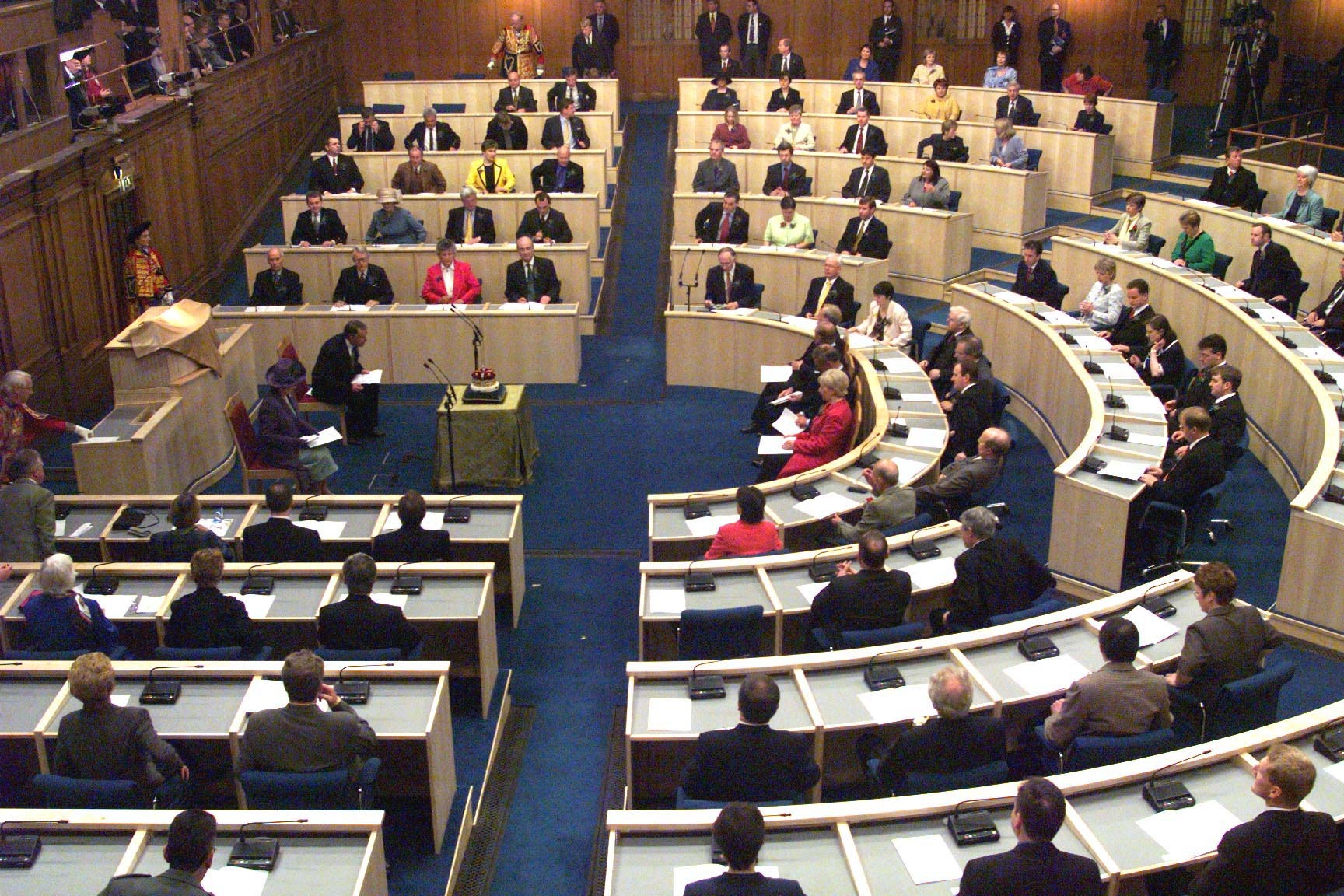
Papers for the meetings of Scottish cabinet ministers throughout the year 2000 are among hundreds of pages of records declassified on January 1 under the 15-year disclosure rule.
The files form part of the annual release of archived information by the Scottish Government, which brought in the rule in 2009.
Since then, more than 13,000 files have been opened up for the public to see, ministers claim.
A central event in 2000 was the death of then first minister Donald Dewar on October 11.
The files reveal the impact the death of the man known as the founding father of Scottish devolution had on the business of government and the parliament.
Other key events that year included the sinking of the Solway Harvester trawler with the loss of seven crew members, and the opening of the Lockerbie bombing trial at a Scottish court in the Netherlands.
Later that year, the Scottish Parliament repealed section 28 of the Local Government Act, a law which had prevented the “promotion” of homosexuality.
Further afield, the Millennium Dome was officially opened by the Queen; the much-feared Y2K computer bug, also known as the “Millennium Bug”, failed to bring about the end of the world; and the first series of Big Brother was launched in the UK.
The documents released by National Records of Scotland (NRS) in Edinburgh include papers and minutes for Scottish cabinet meetings and ministerial committee gatherings. They also shed light on “cabinet strategy sessions” and the progress of various bills through the parliament.
Other files have been made available which could shed light on life in Scotland about 50 years ago.
These include the chief constable’s annual reports for Stirling and Clackmannan police from 1962-1965 and inspectors’ reports for Glenochil detention centre from 1965-1975.
Tim Ellis, chief executive of NRS and keeper of the records of Scotland, said: “The annual release of Scottish Government information is always much anticipated and of interest to many people, including historians, researchers and the wider public.
“Last year saw the release of the first cabinet papers and minutes of the then new Scottish Executive, shedding light on the earliest days of the first administration.
“This year’s release – including the first full year of Scottish Cabinet information – continues this process and I hope generates a similar level of interest.”
Minister for parliamentary business Joe FitzPatrick said the files should make fascinating reading.
“Information made available at the National Records of Scotland as well as the wealth of information pro-actively made available on the Scottish Government’s website demonstrates this Government’s ongoing commitment to openness and transparency,” he added.

Enjoy the convenience of having The Sunday Post delivered as a digital ePaper straight to your smartphone, tablet or computer.
Subscribe for only £5.49 a month and enjoy all the benefits of the printed paper as a digital replica.
Subscribe